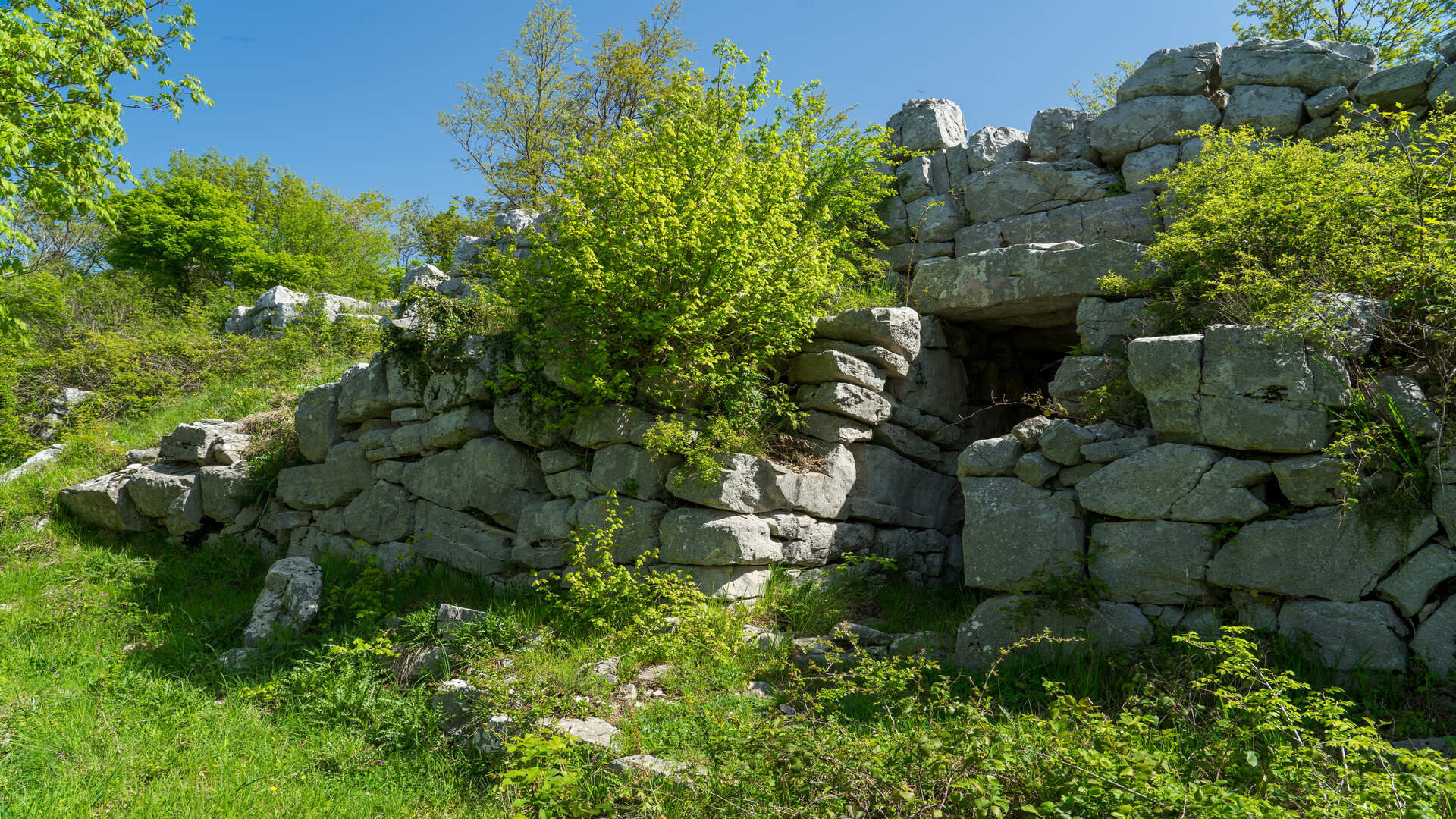The Samnite stronghold rises in a strategic position on the Tammaro valley, on the homonymous high ground at an altitude of 953 meters.
The circuit of the walls is developed for about 1500 meters and uses, where existing, the natural defense consists of rocky spurs and overhangs. Characteristic of the walls is the double curtain wall, an external lower and the other back of about 3 meters compared to the first, between the two runs an embankment used for the path of patrol.
The walls of Terravecchia, conquered in 293 BC by the Roman army led by Consul Papirio Cursore, are divided into a double wall forming a step, despite this technical expedient, which would allow the besieged a double defensive possibility, since you could deploy the soldiers in double file, one for each step, after a strenuous defense the city fell. According to the Roman historian Livy, on this occasion the dead were 7,400, 3,000 prisoners. Along the route are visible three doors of which the eastern one, called "postern of the Matese", opens in correspondence of the access way from the pass; the second one is on the north-west side, the so called "door of the Acropolis", from which one went out for the water supply of the three Fountains. The most important for function and size is the one that opens in the east corner of the walls, the so-called "Porta del Tratturo", where the road coming from the valley opens. Of the three, the "postern of the Matese" is the best preserved, with an opening of m. 1.20 and a height of m. 2.50, the coverage is obtained with large stone slabs arranged in plan. In medieval times the site was partially reoccupied in the highest part of the area included in the walls, what was originally the arx. The medieval village reused the Samnite walls and added other sections; inside there is a cistern, towers, and remains of buildings.
13 I Luoghi della Storia - TERRAVECCHIA SEPINO
Back 13 I Luoghi della Storia - TERRAVECCHIA SEPINO

